Author:Baby & Adult Diaper Materials FROM:Diaper Materials Manufacturer TIME:2023-03-07
There are many kinds of sanitary pads on the market, so what are the differences in the design process and composition of these sanitary pads? There are four types of sanitary pads that contain different materials. Because the materials used to make sanitary pads are different, the process design is also different.
Overview: The main constituent material of this type of sanitary pad is cotton fiber material. The inner core filling and outer layer of cotton sanitary pads are all or mixed with cotton material. The outer layer of this type of sanitary pad is relatively soft, and the inner core is fluffy. There are common types of ultra-soft and large-absorbing sanitary pads, such as lil-lets ultra-soft sanitary pads and so on.
Advantages: Because the outer layer of the sanitary pad is mainly composed of cotton material on the side close to the skin, it is relatively soft. Wearing this sanitary pad will make the skin feel better, especially in winter. Because it is a natural material, the skin will not be allergic, and the breathability is better.
Common categories: daily (ordinary) sanitary pads, extended sanitary pads, night-use sanitary pads, and small-sized sanitary pads such as Kotex mini and Lil-lets girls. Most categories.
Applicable people: There are many types of sanitary pads in this category, and they are suitable for women of different sizes, ages and physiques.

Overview: This type of sanitary pad is different from cotton sanitary pads. The outer layer of the sanitary pad close to the skin is composed of polyethylene fibers. The outer layer of the mesh sanitary pad will have many small holes, so that after menstrual blood is discharged, it will flow into the inner core of the sanitary pad through these small holes, and be absorbed and fixed by the inner core filling of the sanitary pad and the absorbent beads.
Advantages: Because the adsorption surface of this type of sanitary pad is composed of polyethylene fibers, that is, the polyethylene plastic material we often say, the surface layer will isolate the menstrual blood absorbed by the inner layer, and the surface layer will maintain a dry feeling.
Common categories: daily (ordinary) sanitary pads, extended sanitary pads, night-use sanitary pads, etc.
Applicable people: This type of sanitary pad can keep the surface dry and clean, and is suitable for women who have this need and need to absorb menstrual blood like cotton sanitary pads.
General: This type of sanitary pad is partially composed of pulp material. Of course, it does not mean that the sanitary pad is that kind of slurry. As we see every day, it is formed paper cotton. The raw materials of this type of sanitary pad are sawdust, grass branches, etc. The production process is to first crush these raw materials, then add an extractant to make pulp, and then make these pulp into the required cotton soft paper material for making sanitary pads. Many sanitary pad inner core fillers contain fluffy paper material, which is often used in conjunction with other common types of sanitary pads.
Advantages: Because the fluffy pulp has a certain ability to absorb liquid, it can be used as an inner core adsorption filler to assist the absorption beads to absorb menstrual blood.
Common categories: daily (ordinary) sanitary pads, extended sanitary pads, night-use sanitary pads and other categories.
Applicable people: Women of different sizes, ages and physiques.

Overview: The surface layer of the soft sanitary pad has the same texture as the cotton sanitary pad, but the surface of the cotton sanitary pad is composed of cotton fibers, and the surface of this soft sanitary pad is composed of polypropylene fibers. In fact, it is a kind of plastic non-woven process.
Advantages: This process makes the surface material of the sanitary pad have the same cotton touch as the cotton sanitary pad, although the material used is not pure natural, but in terms of sensibility, it has the cotton-soft feeling of the natural material of the cotton sanitary pad.
Common categories: daily (ordinary) sanitary pads, extended sanitary pads, night-use sanitary pads, etc. There are also many common brands.
Applicable people: Generally, there are various sanitary pad brands in different sizes and categories, and they are suitable for women of different sizes, ages and physiques.
In addition to the above-mentioned main types of sanitary pads of different materials, there are other different sanitary pads such as liquid and mixed materials on the market. These sanitary pads have their own characteristics. Some have different surface materials and some have different inner core fillings. Because of the materials used to make sanitary pads, the design process of different types of sanitary pads will also be different. When choosing, you can choose according to your own preferences and needs.
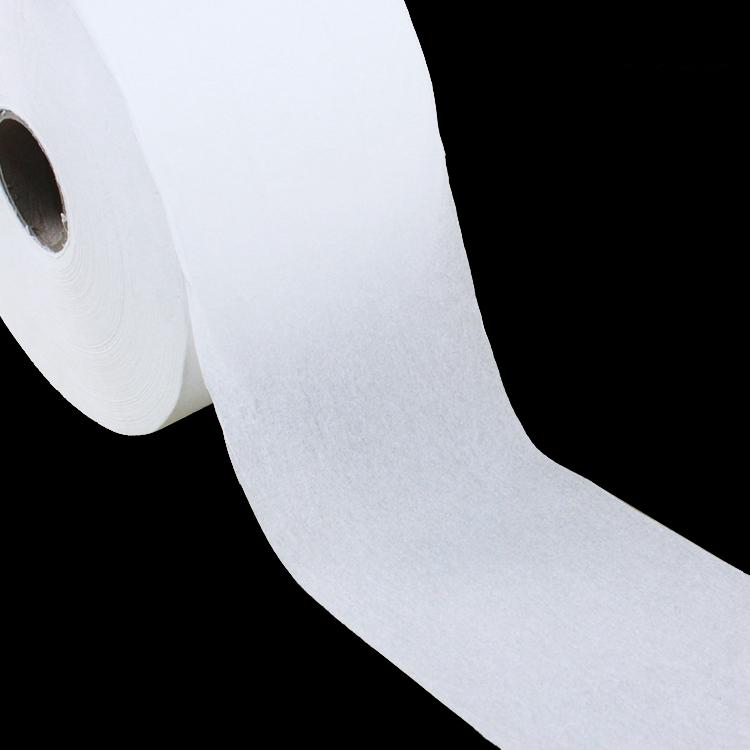
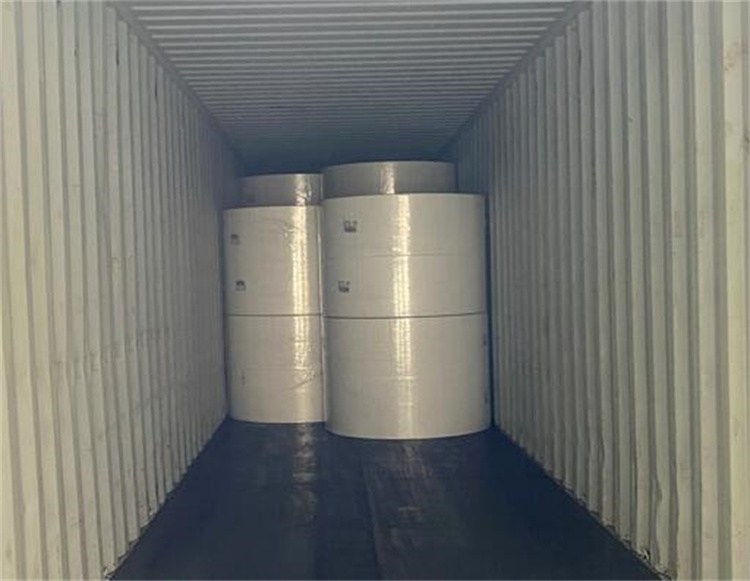
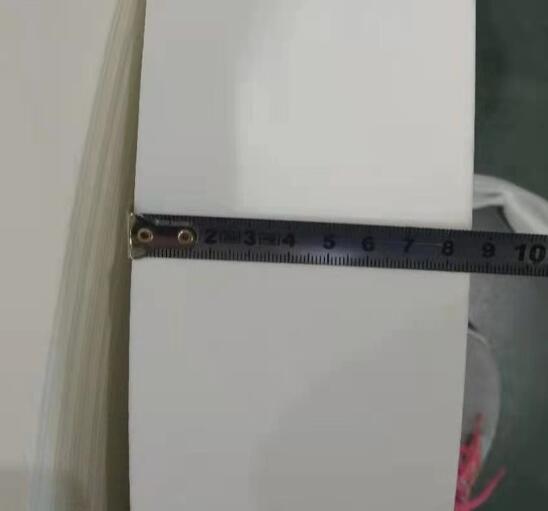
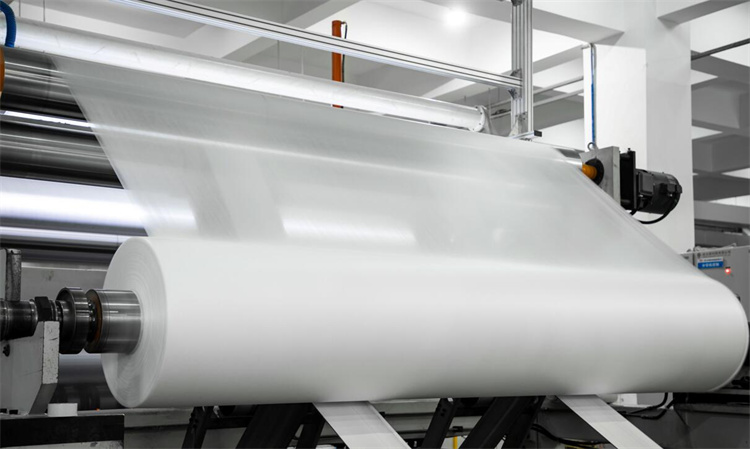
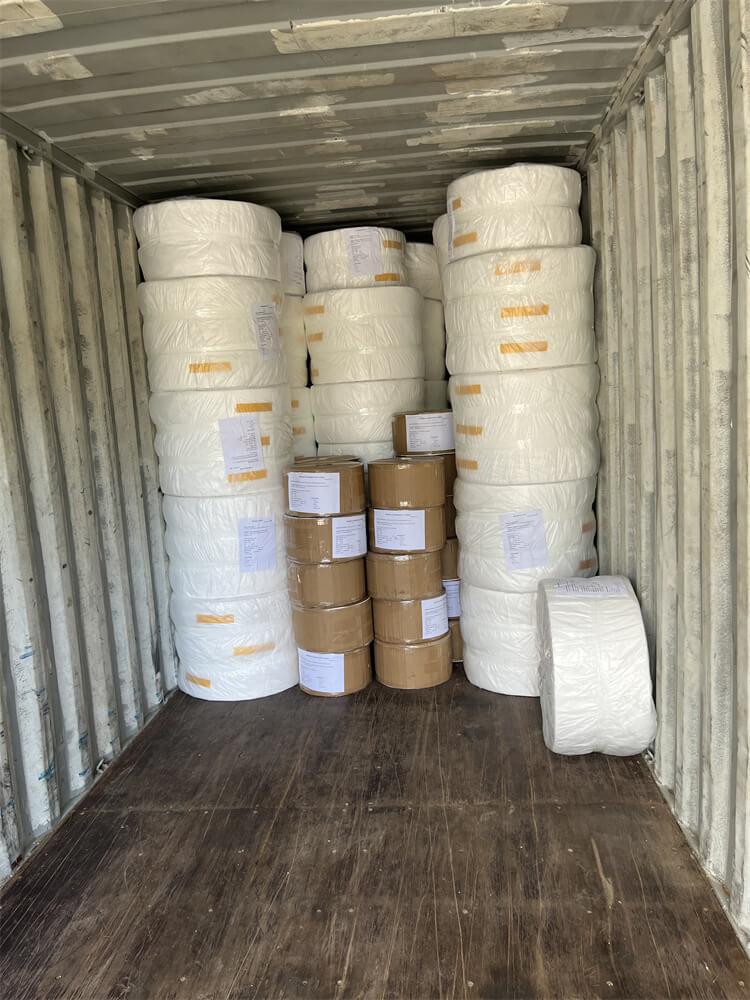

 Email: info@whldiapernonwoven.com
Email: info@whldiapernonwoven.com
 MP/WhatsApp: +86-13599937366
MP/WhatsApp: +86-13599937366
 Manufacturer Address:Room 1105B, Bld M1, Manhattan, Yulongwan, Shimao, Shuanglong Road, Meiling Street, Jinjiang, Fujian, China
Manufacturer Address:Room 1105B, Bld M1, Manhattan, Yulongwan, Shimao, Shuanglong Road, Meiling Street, Jinjiang, Fujian, China